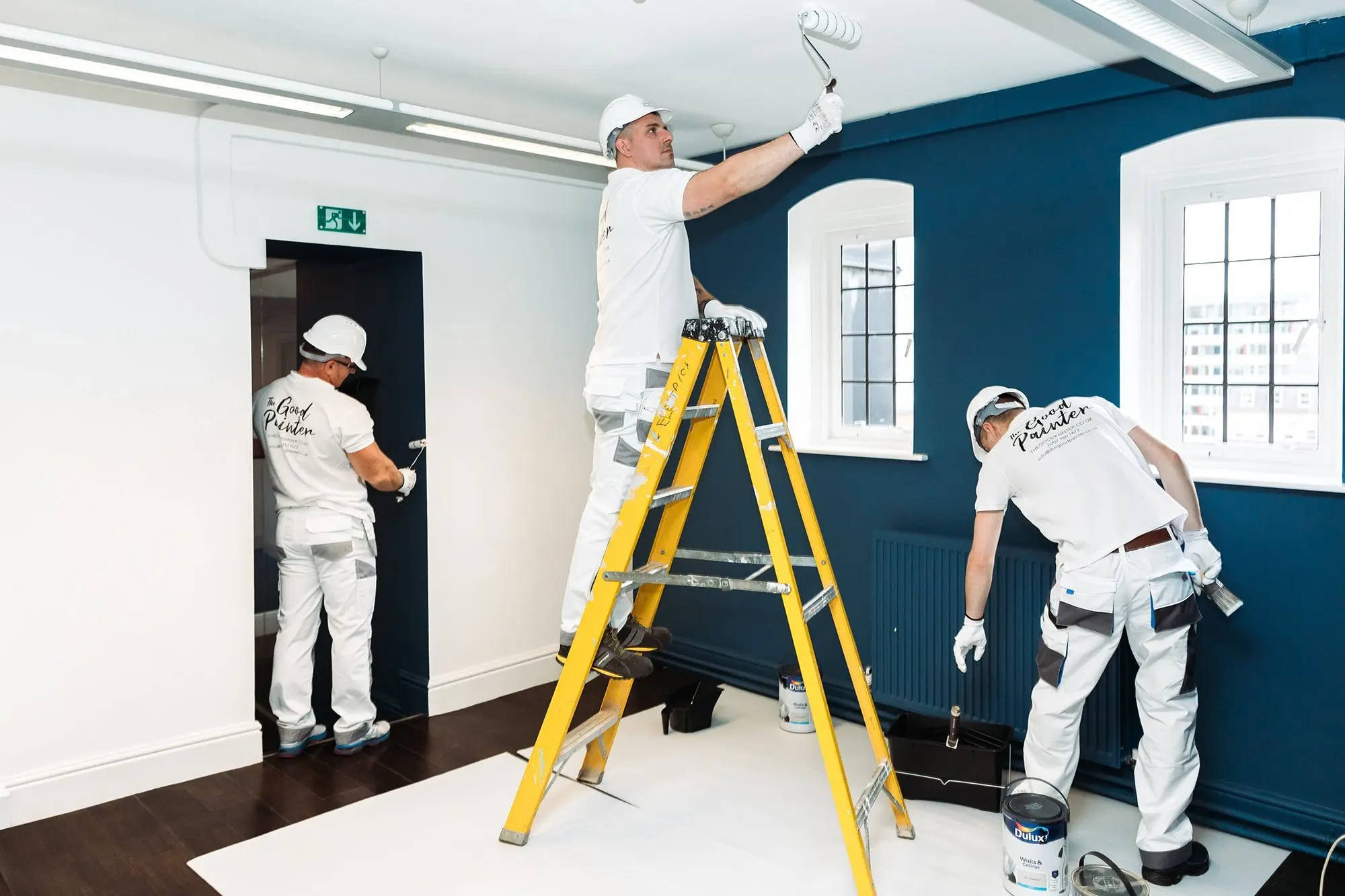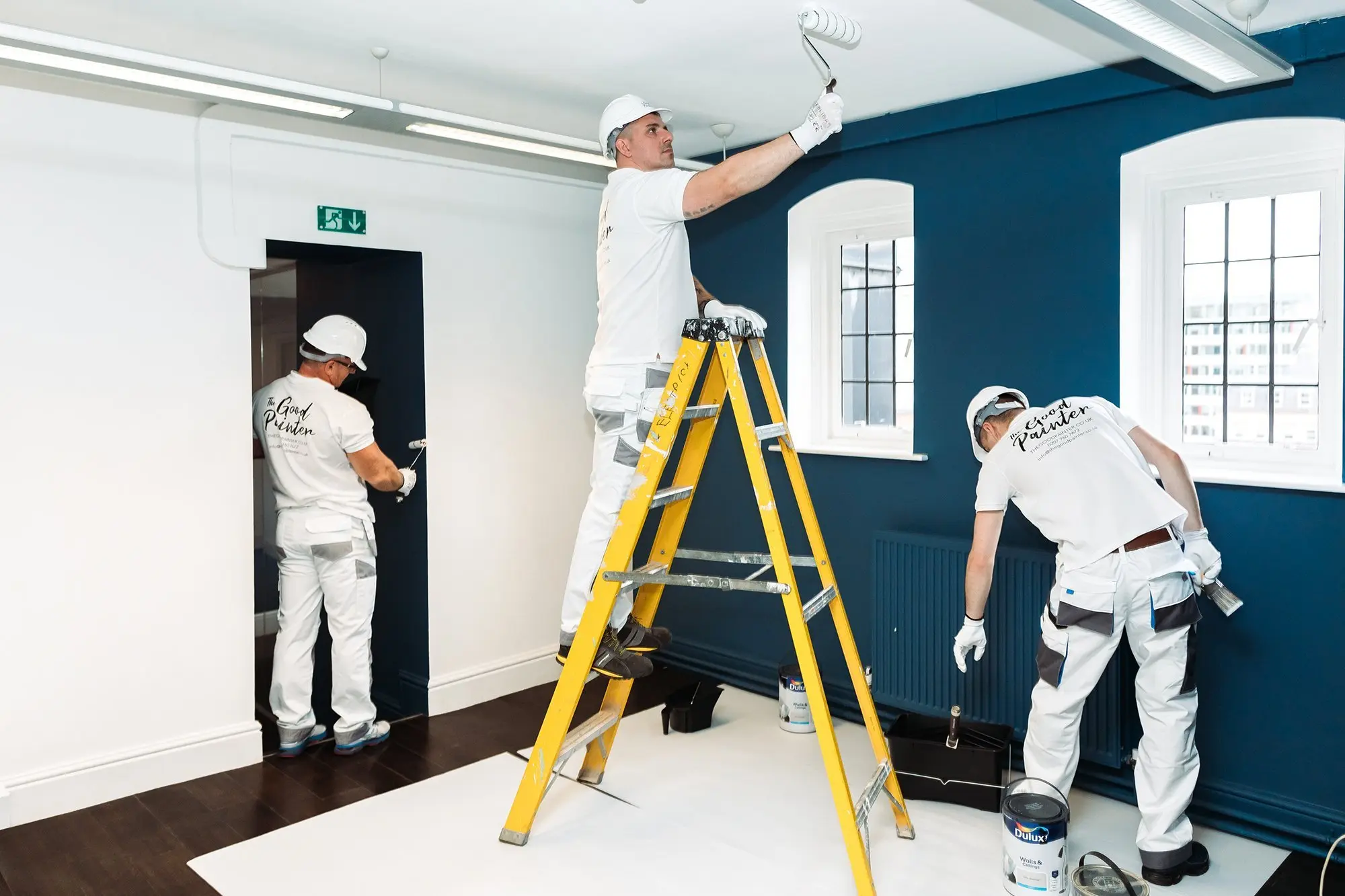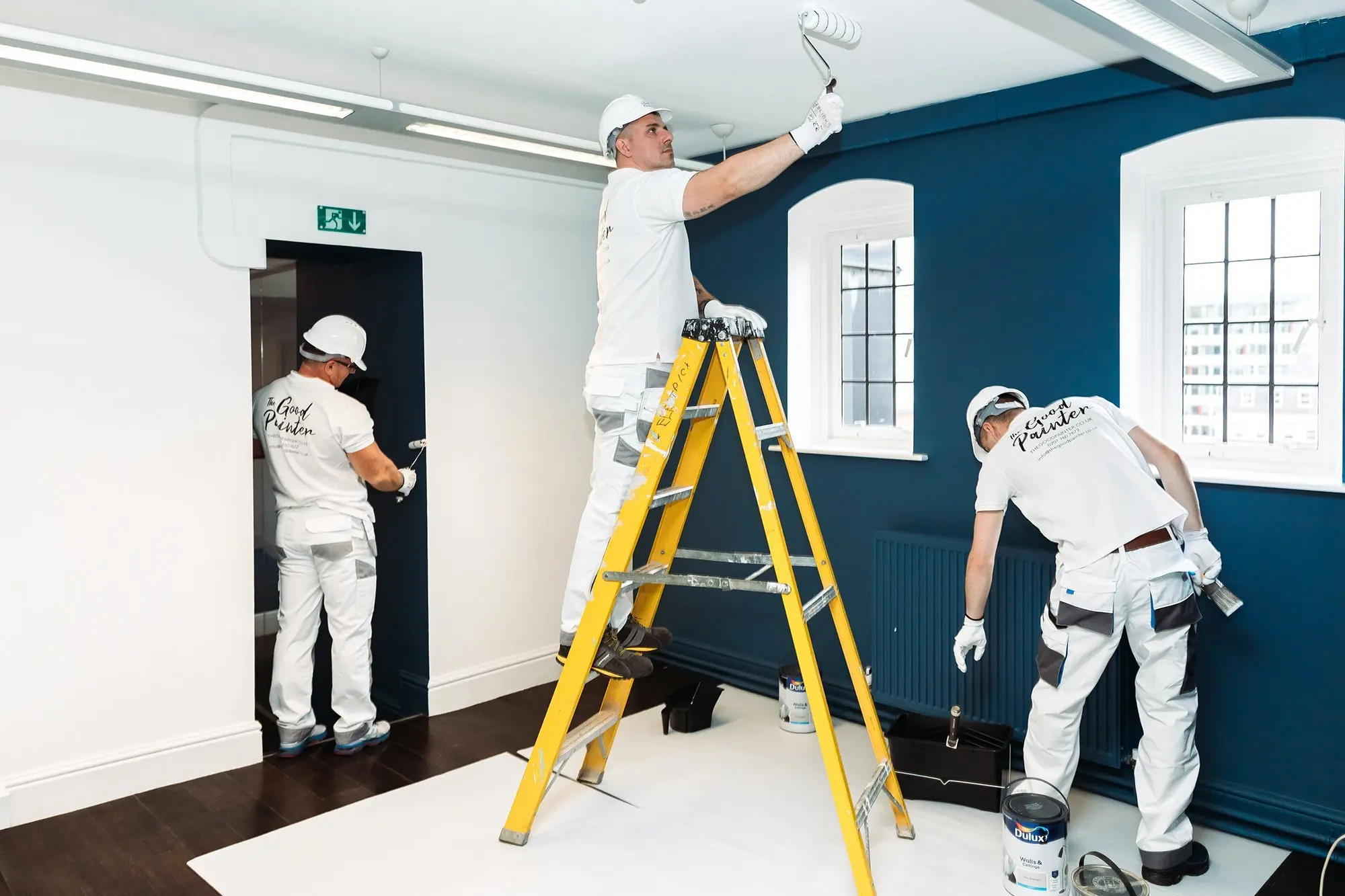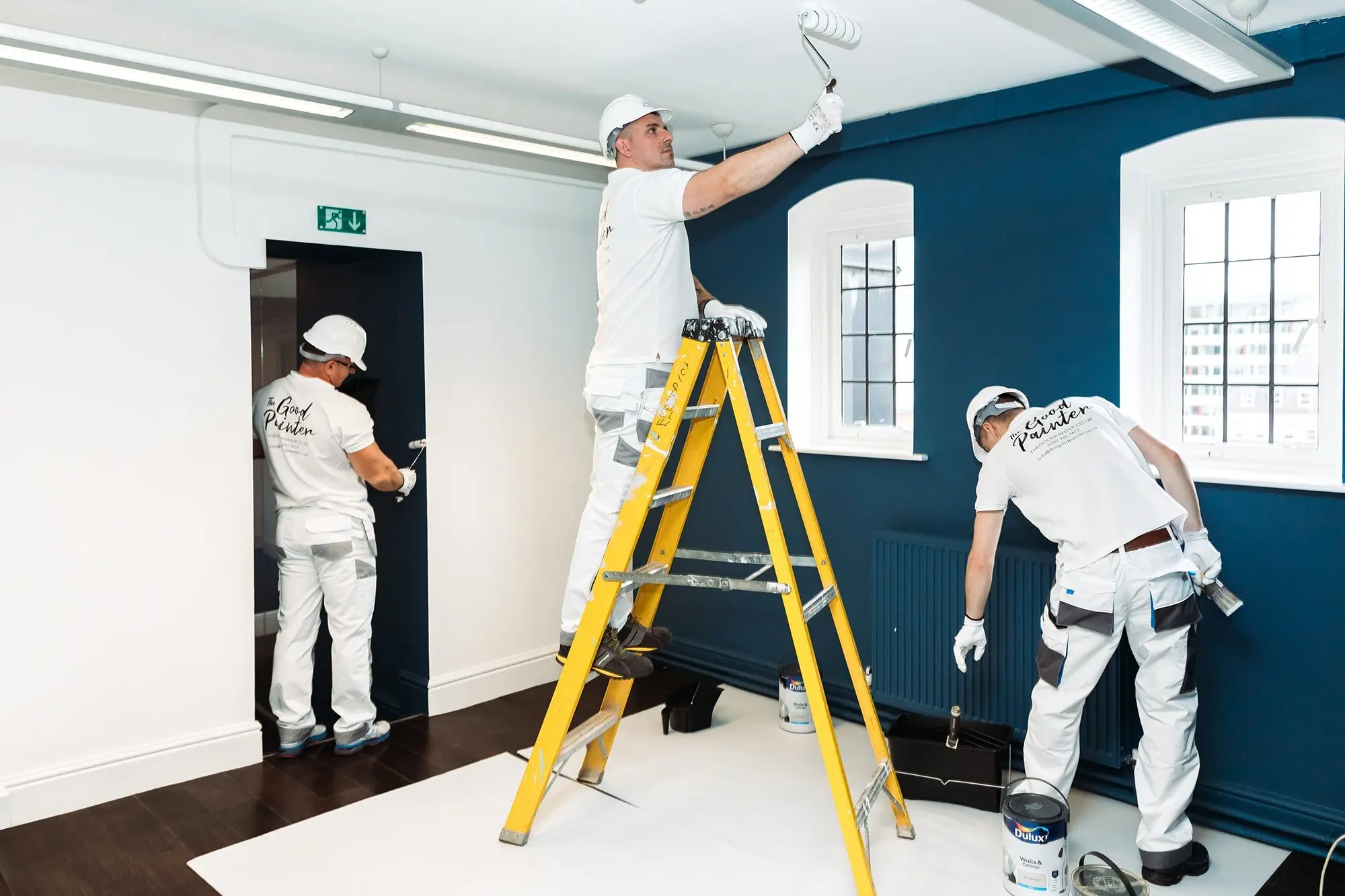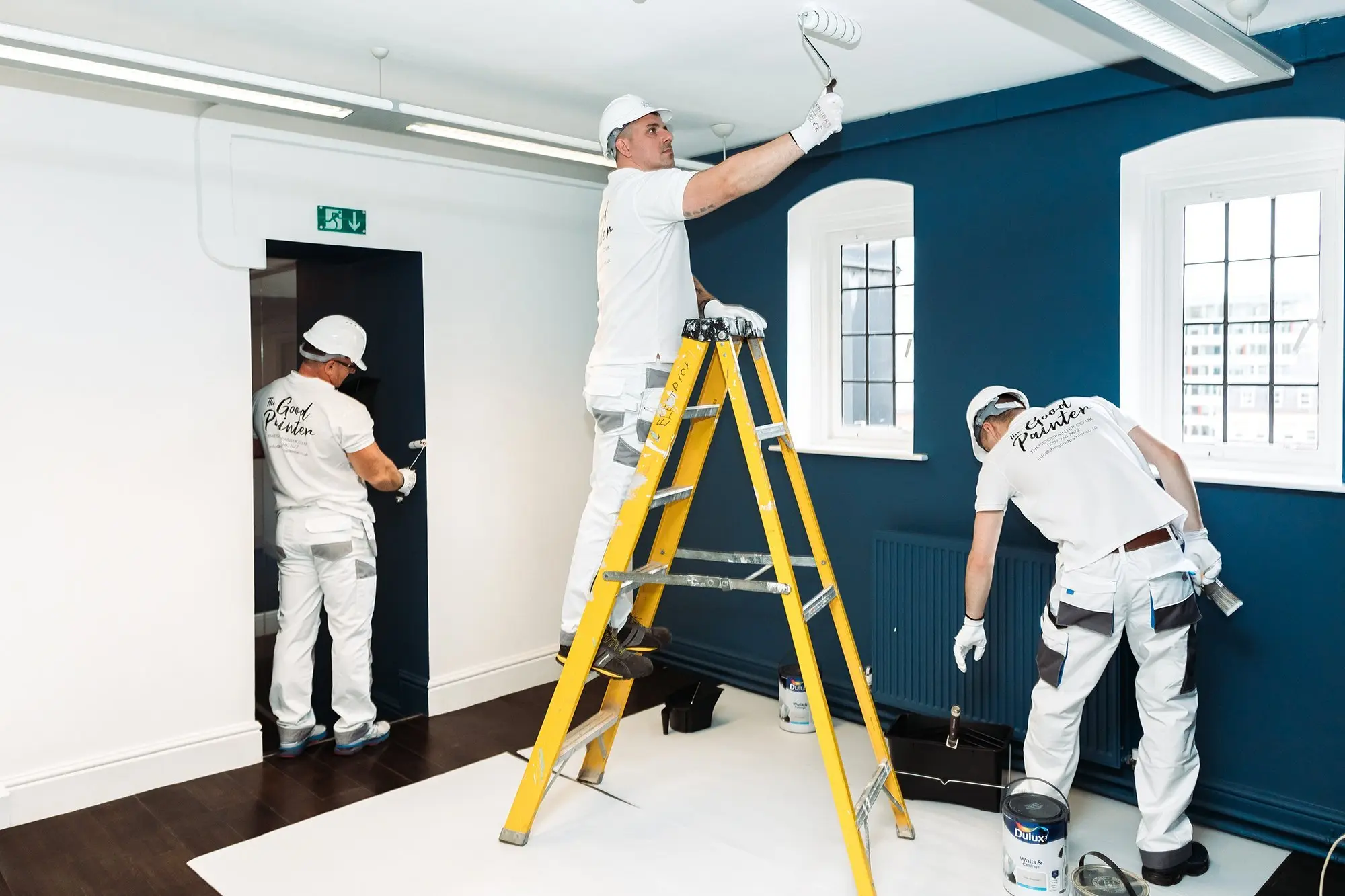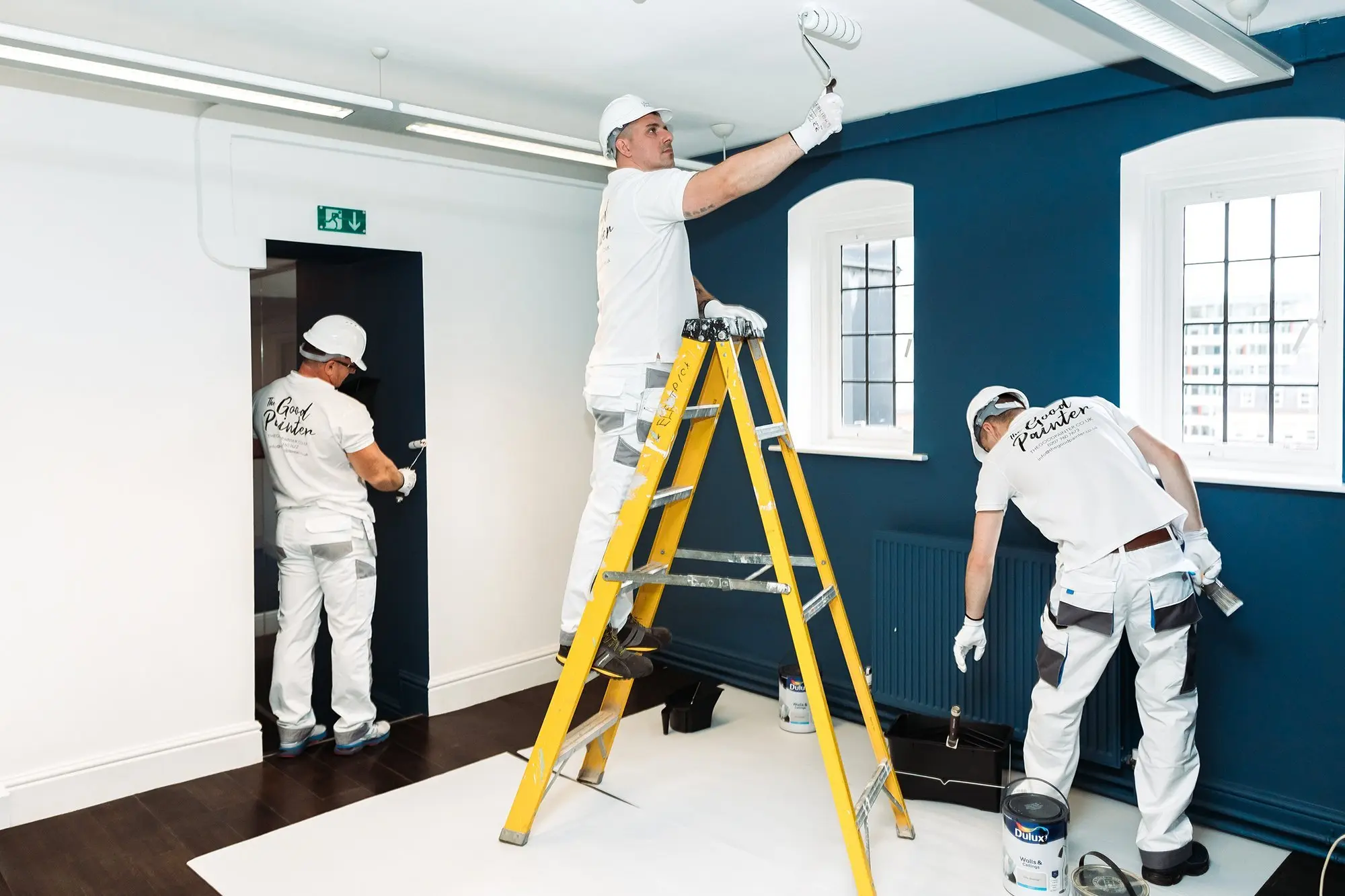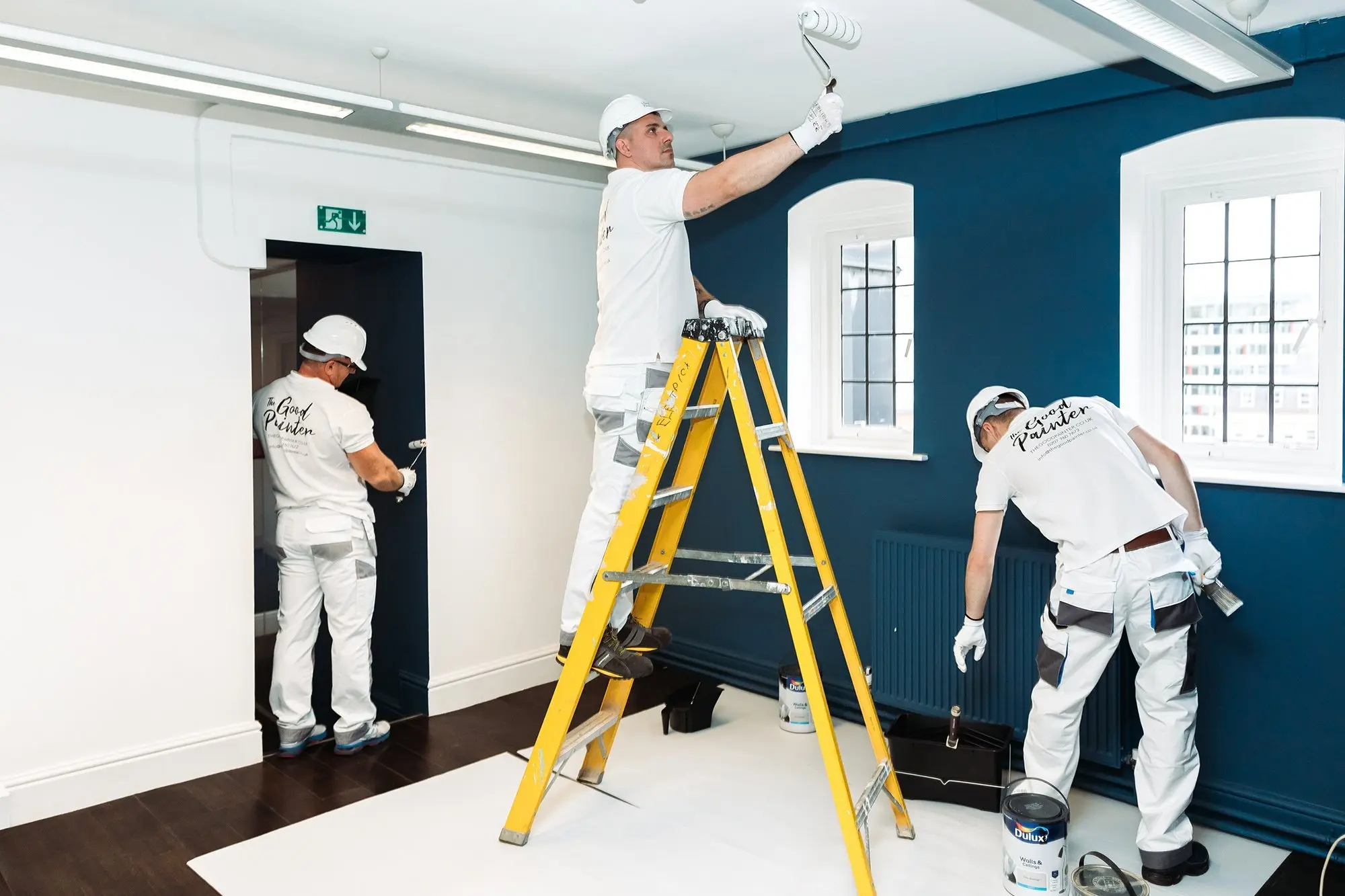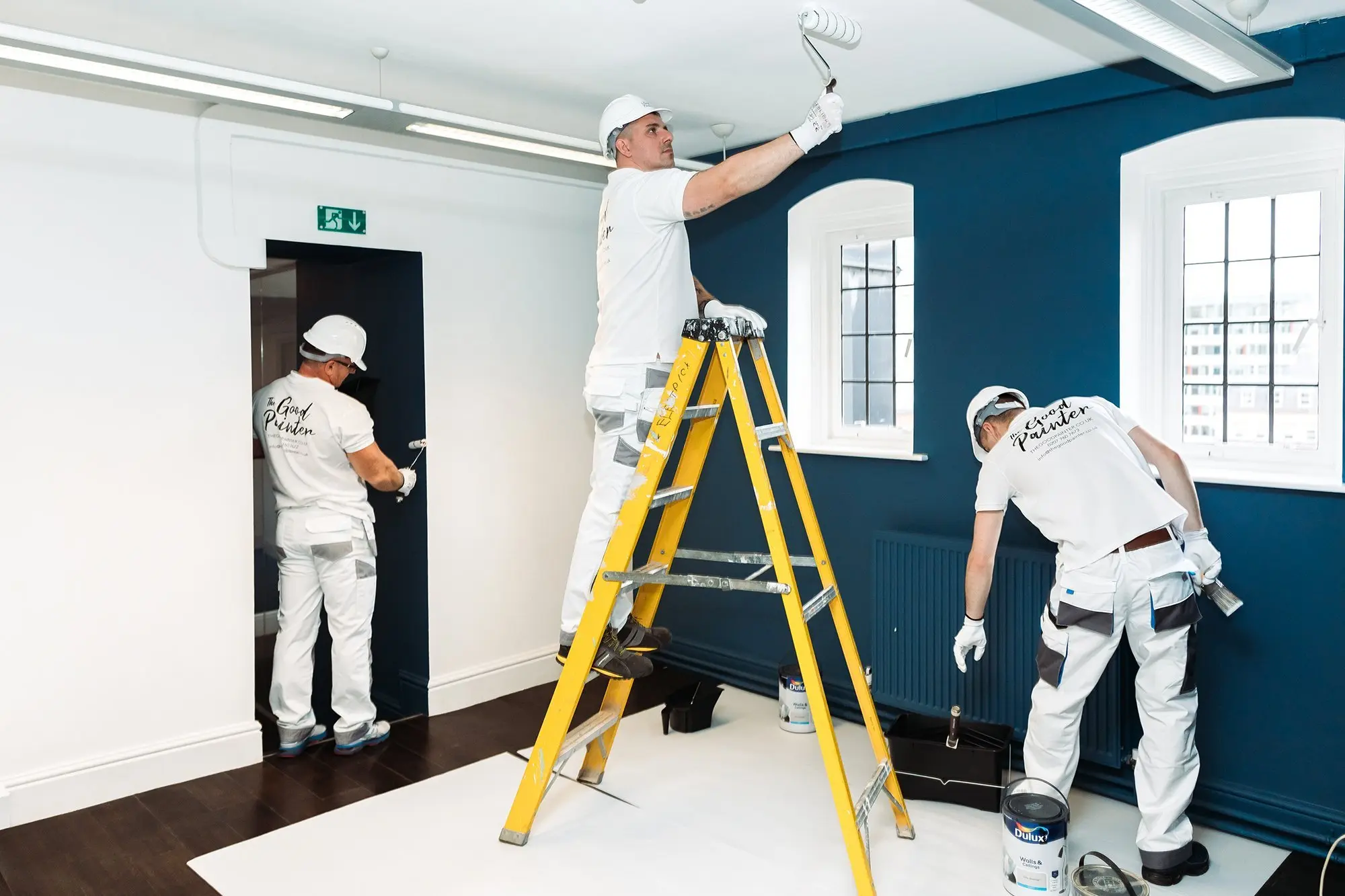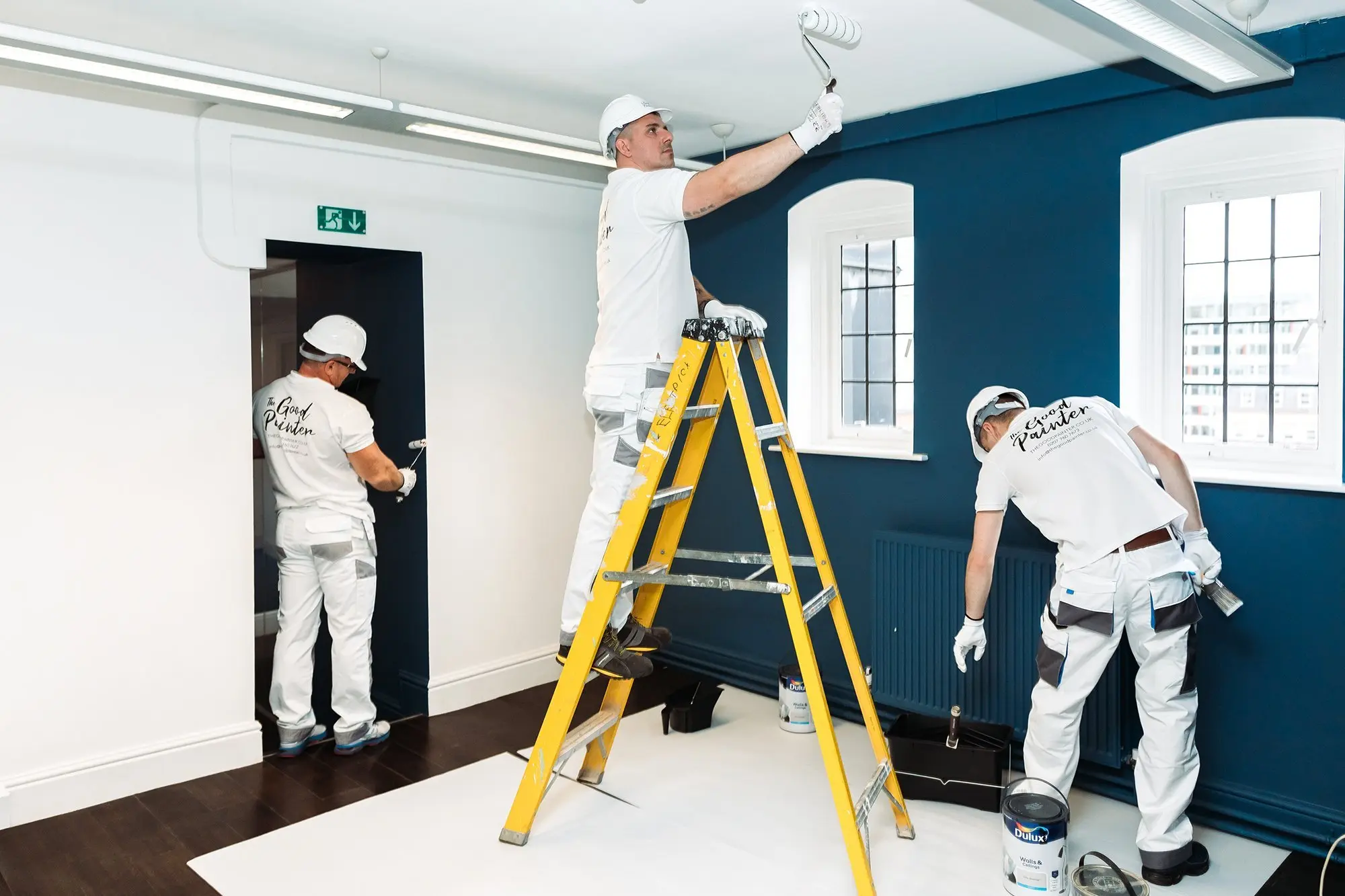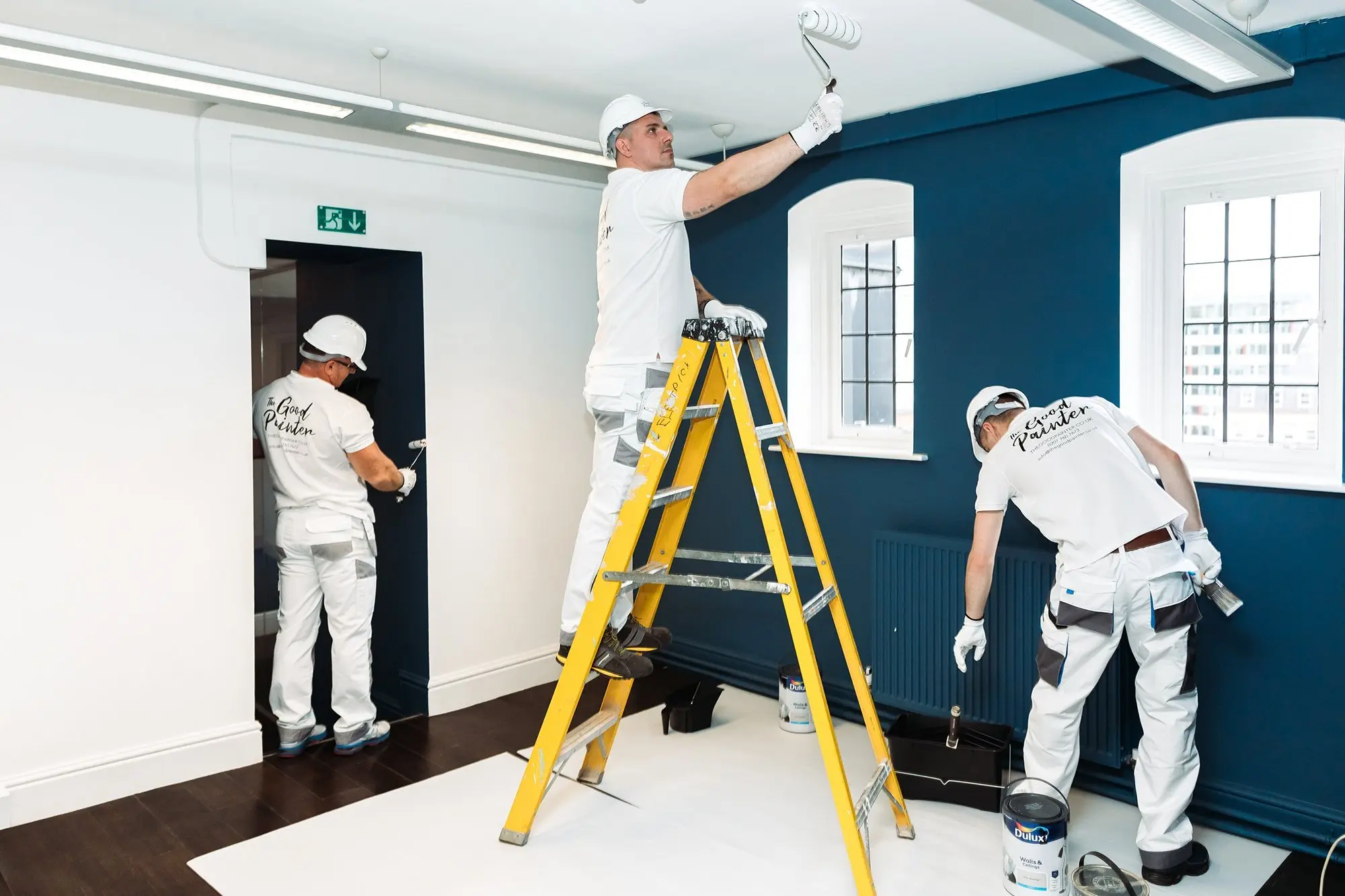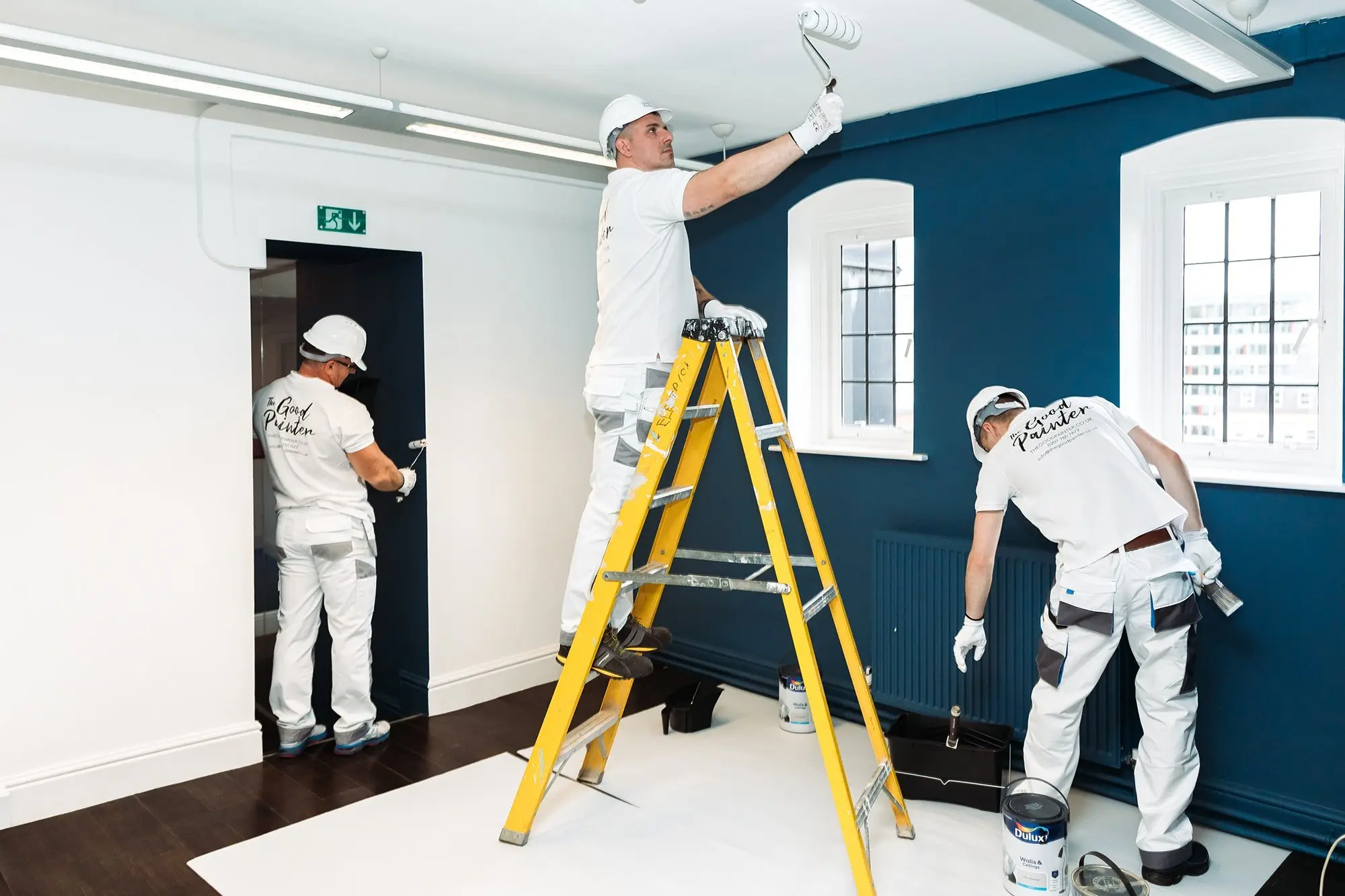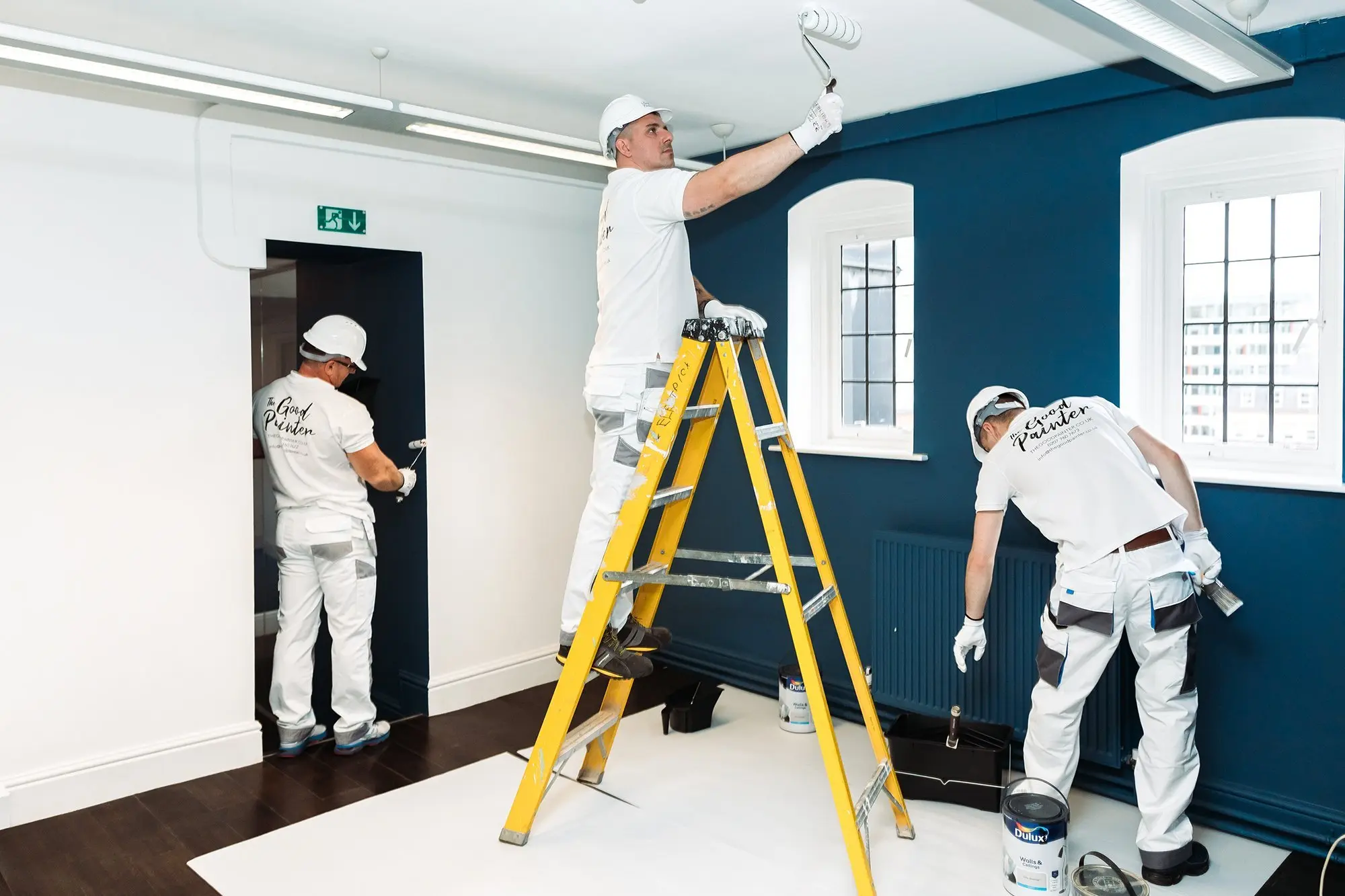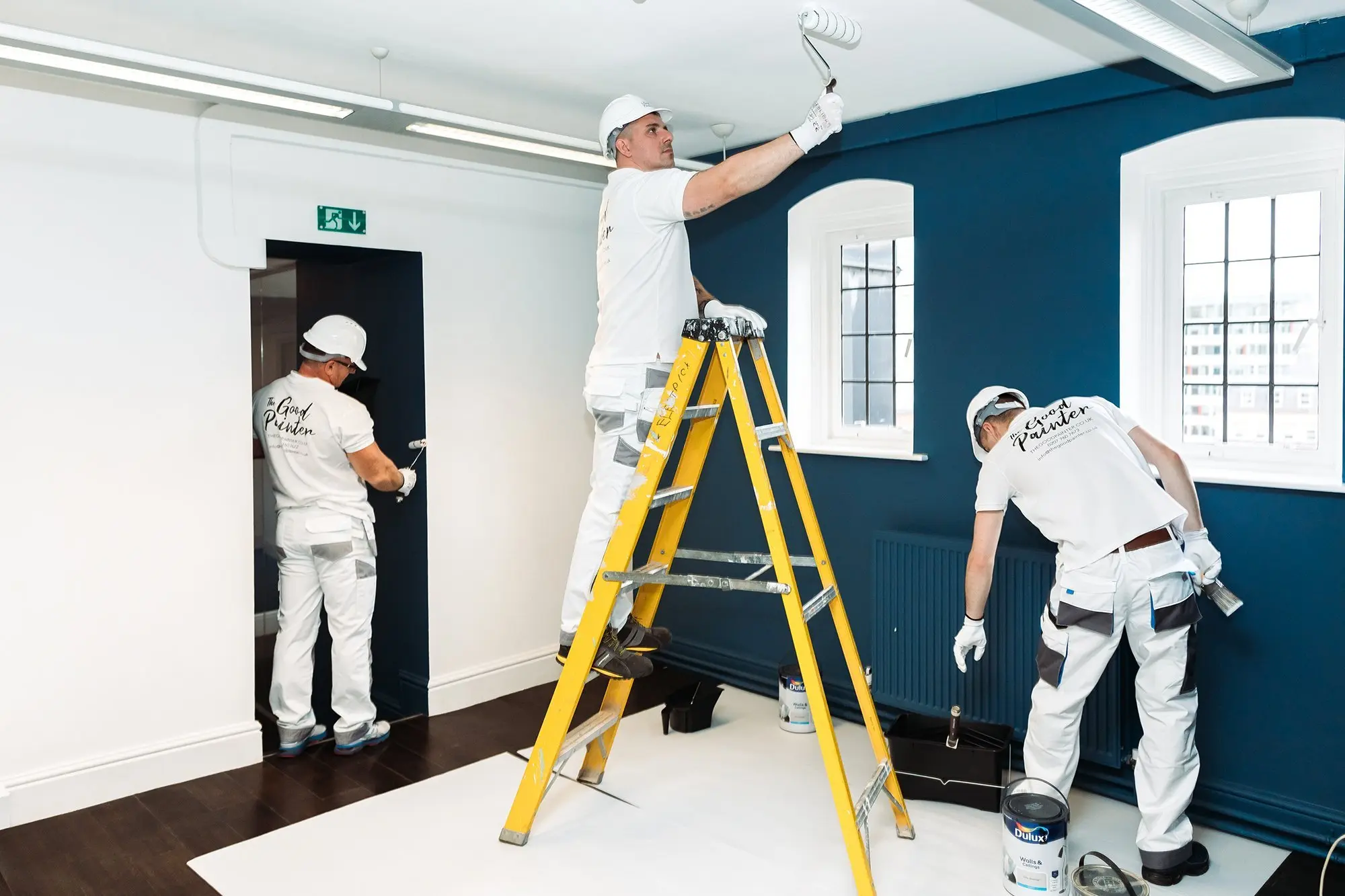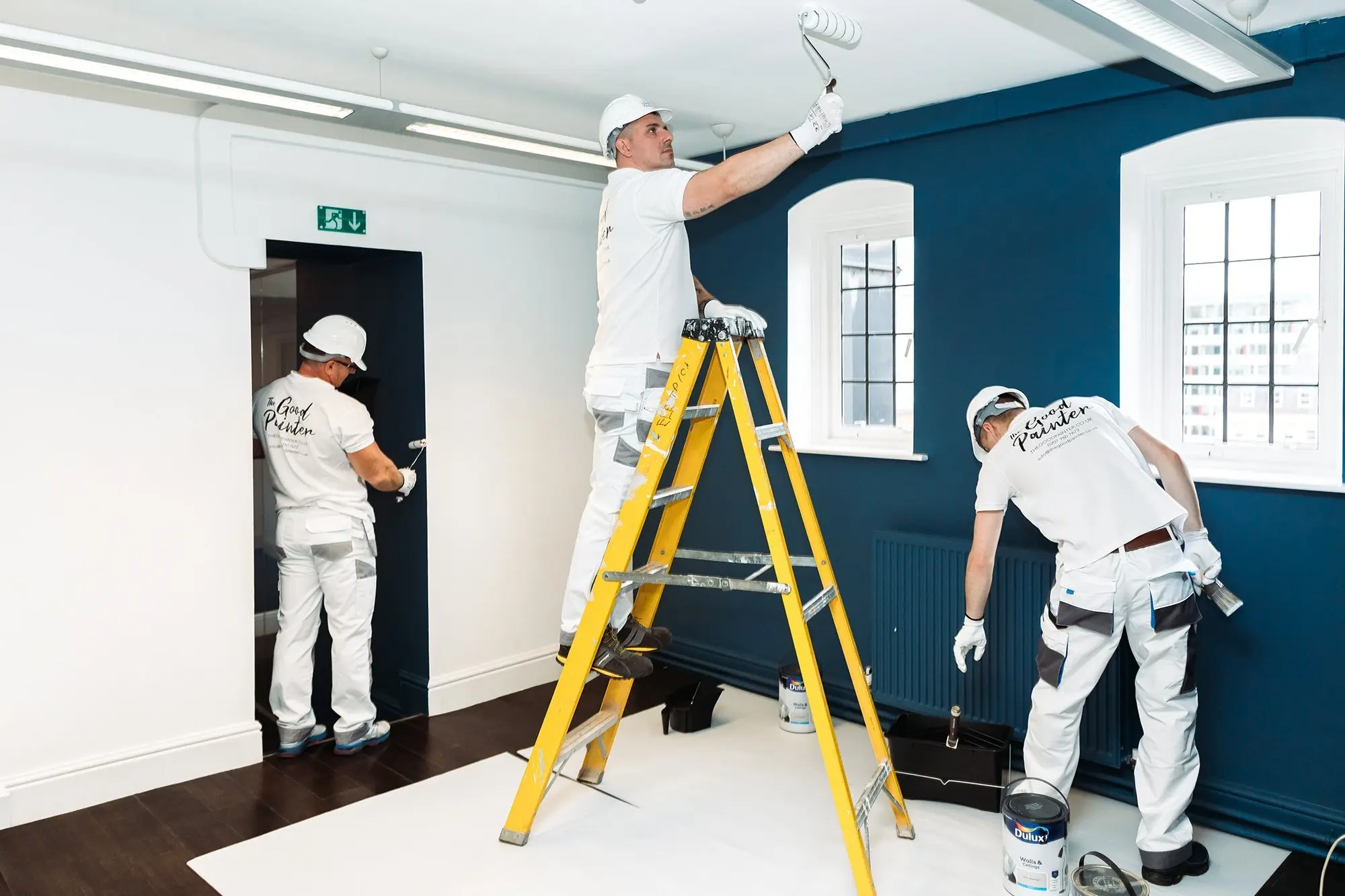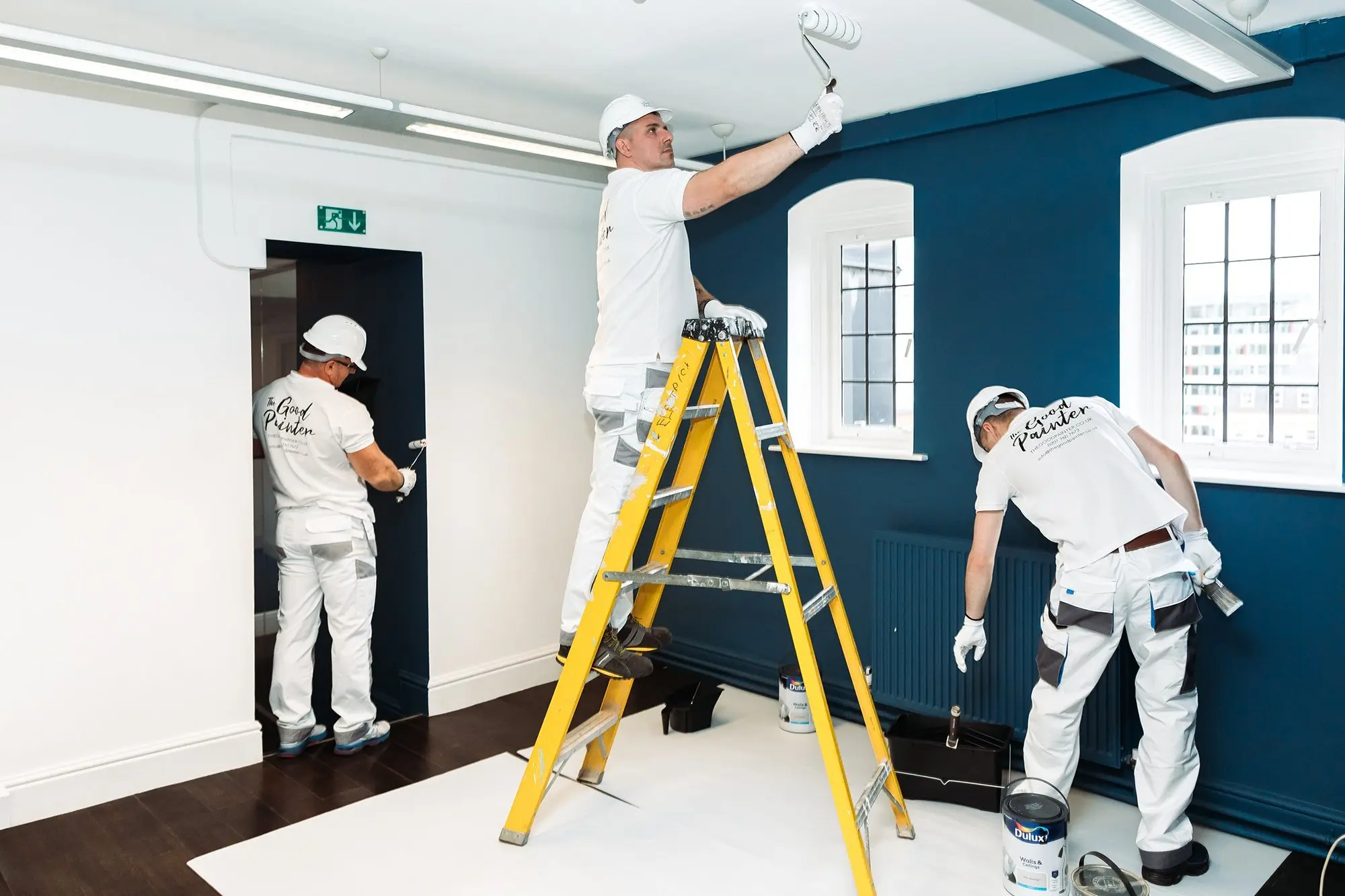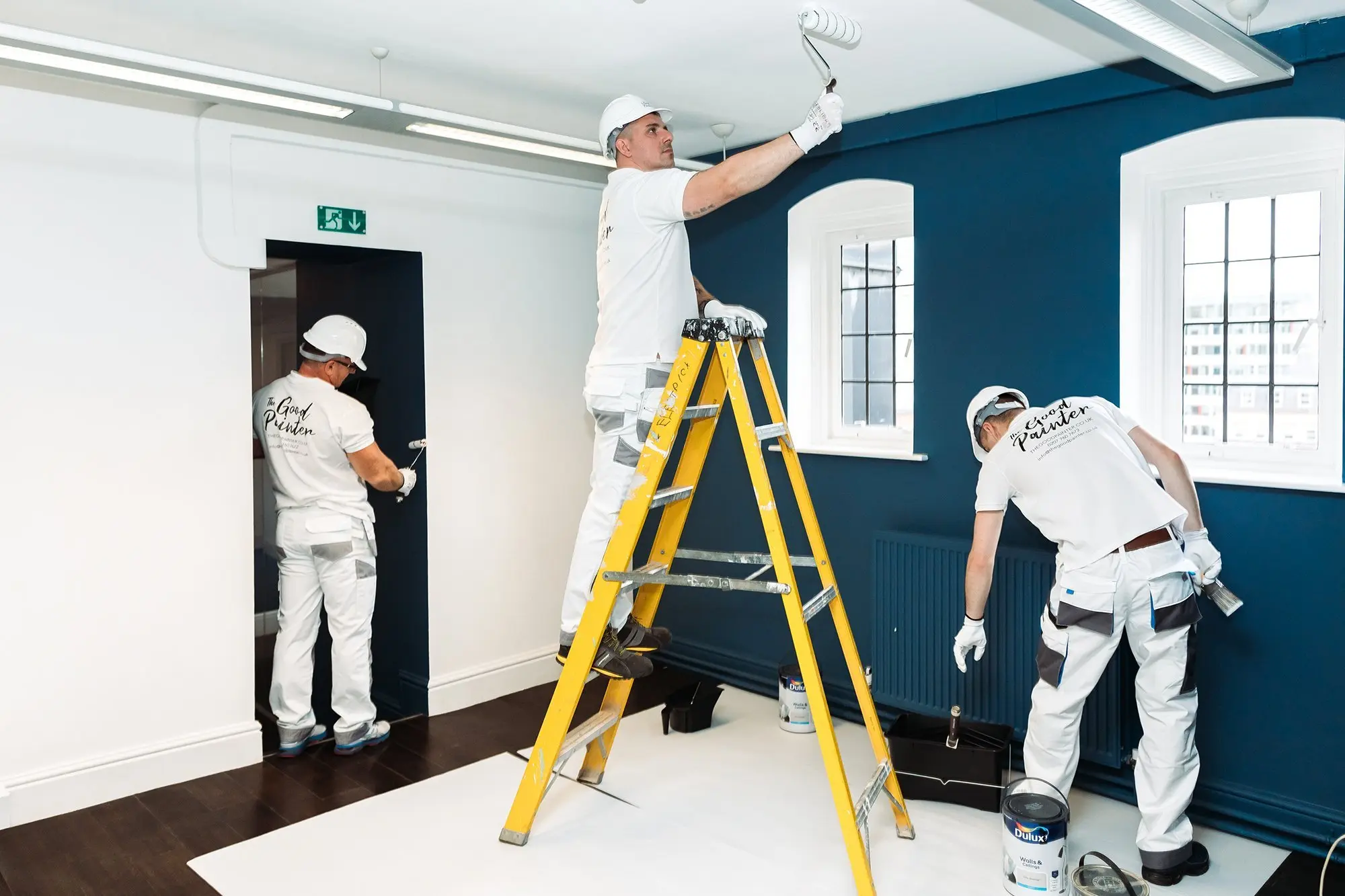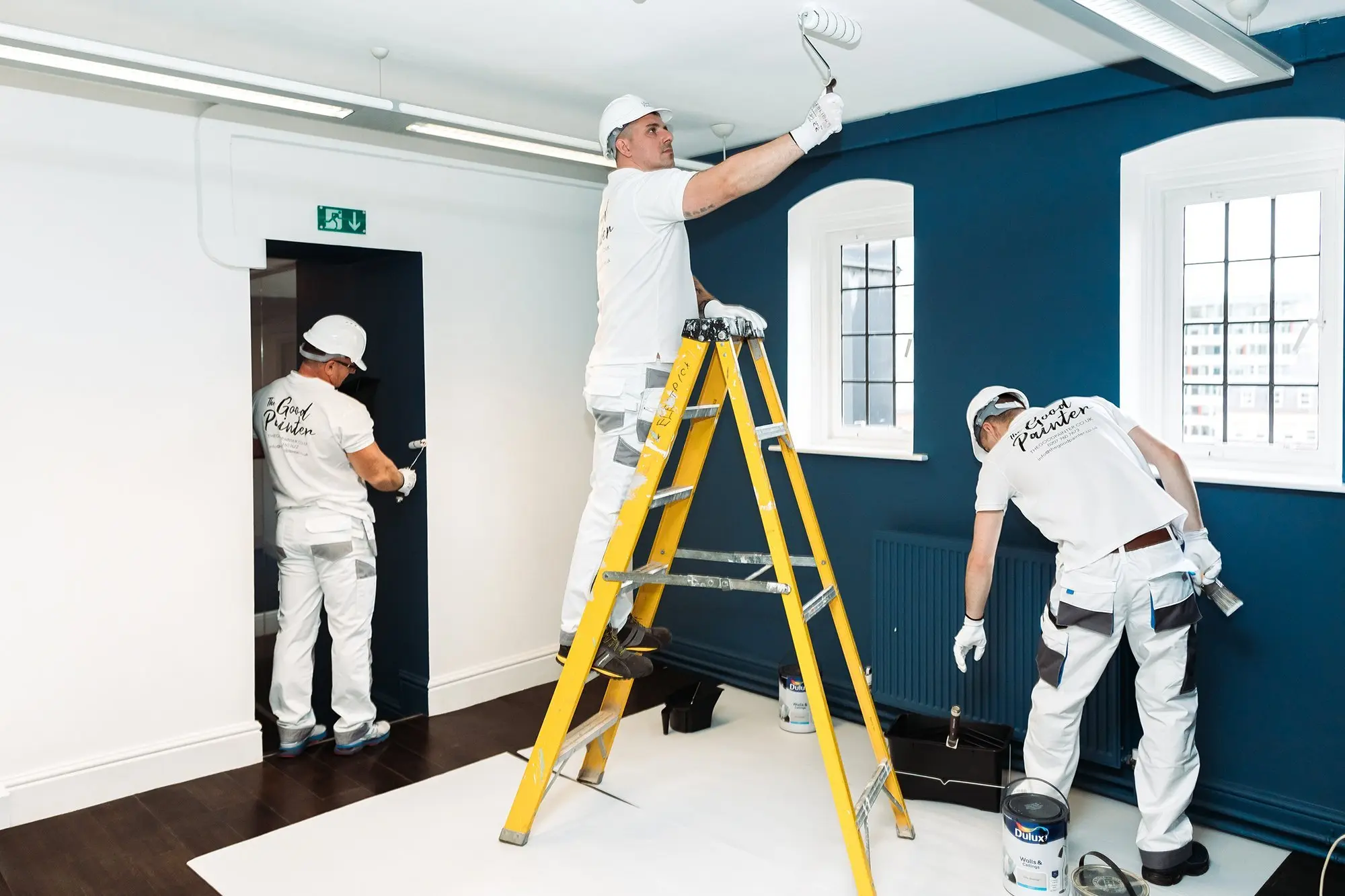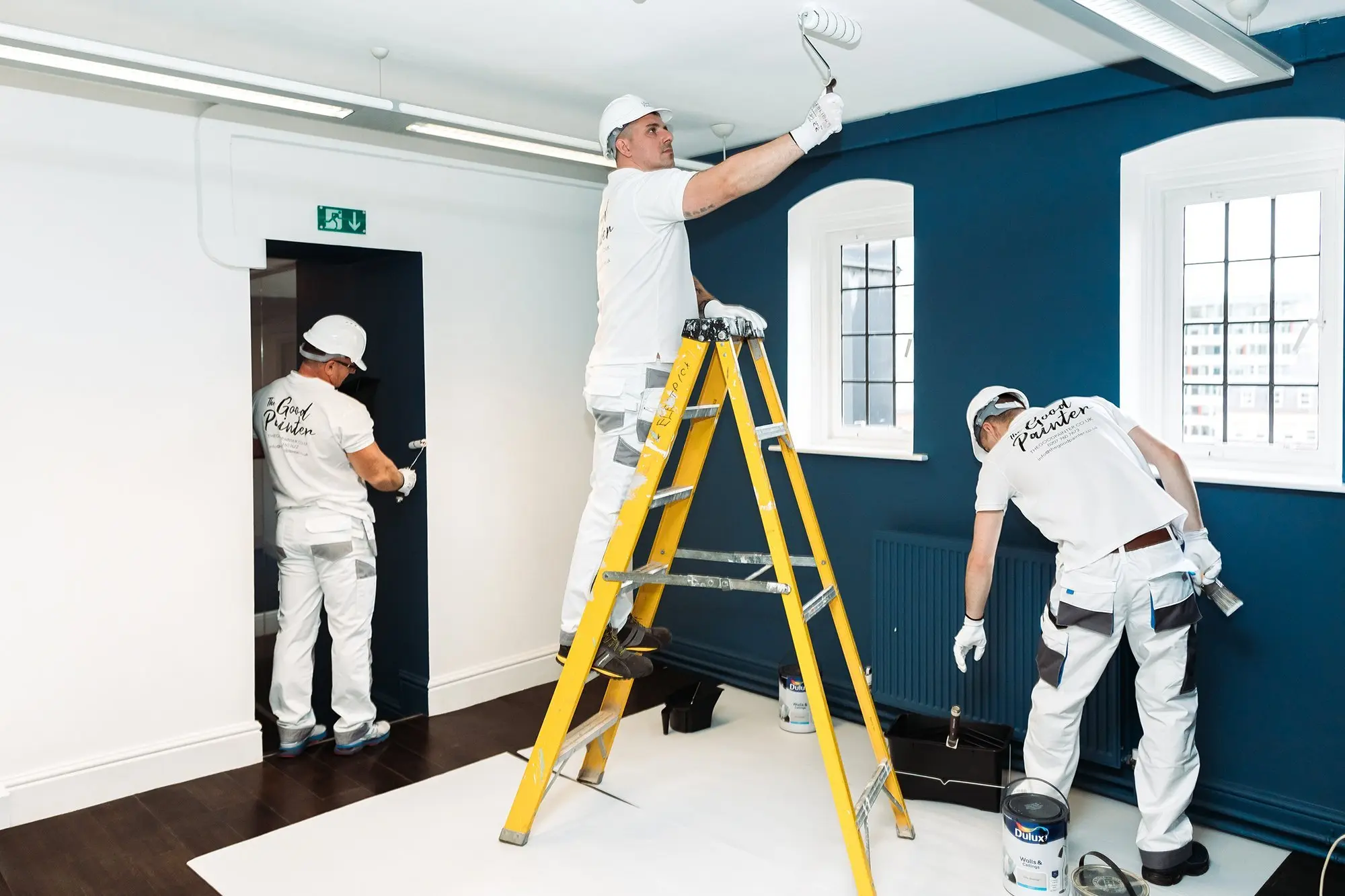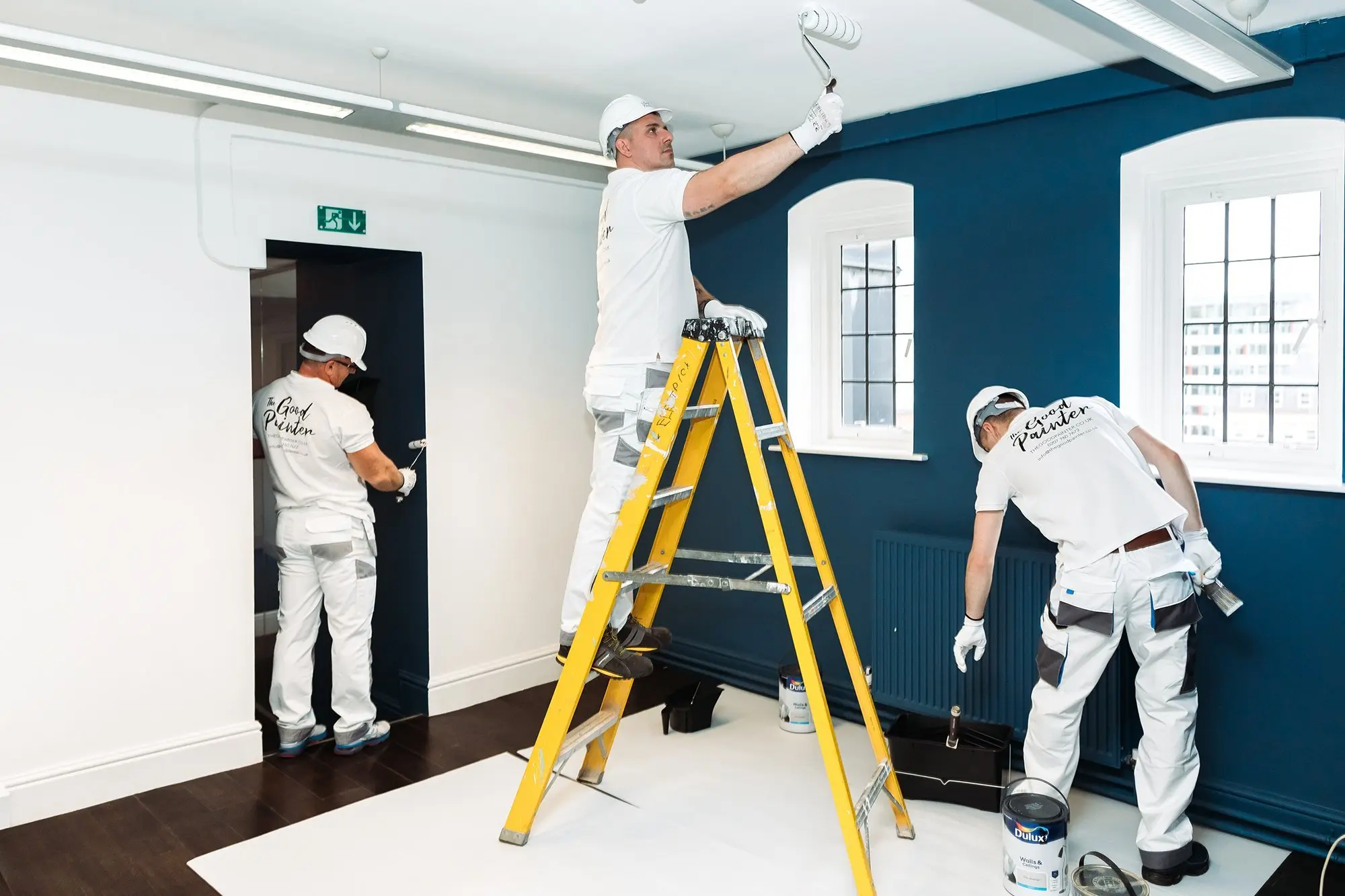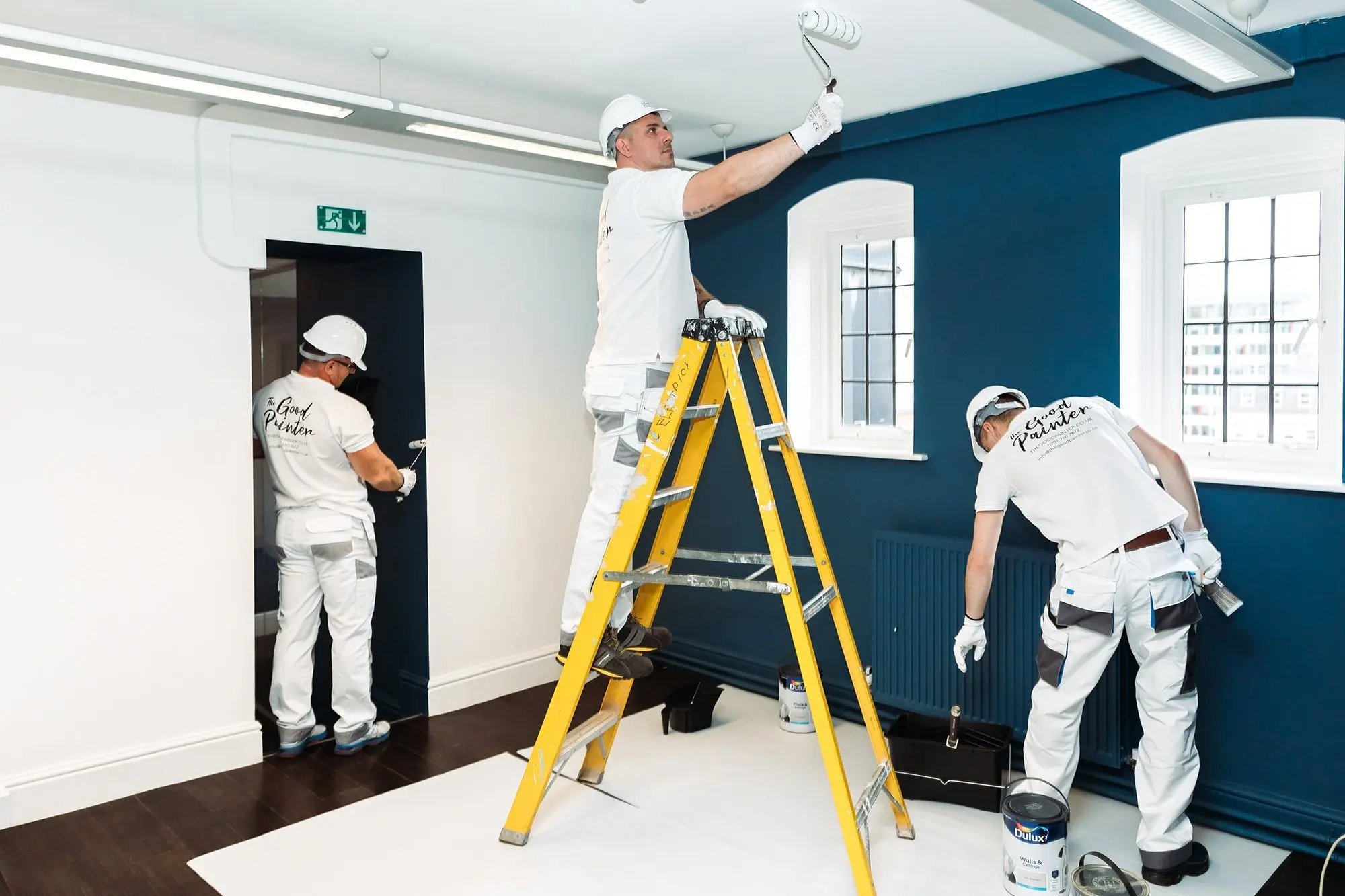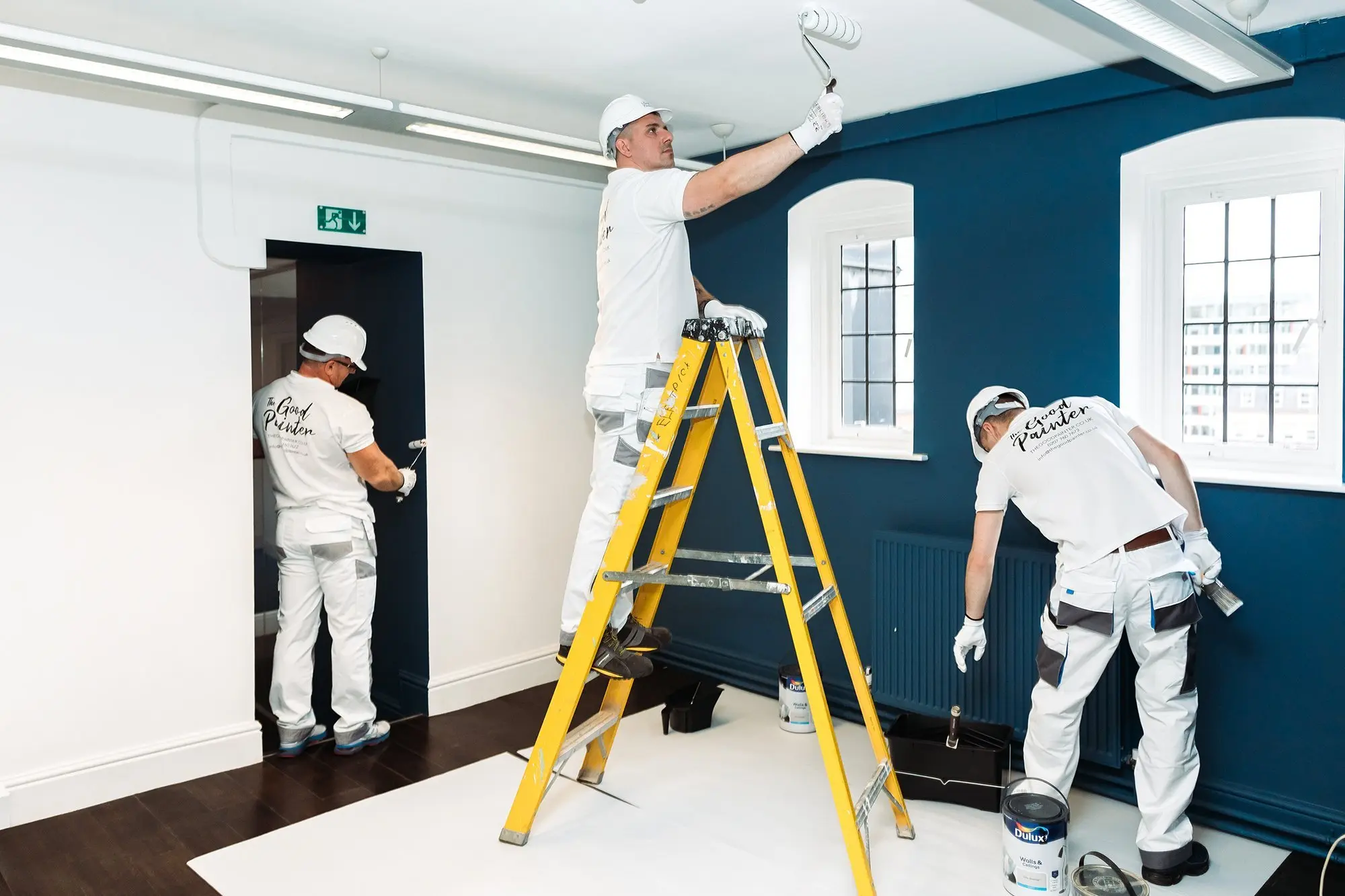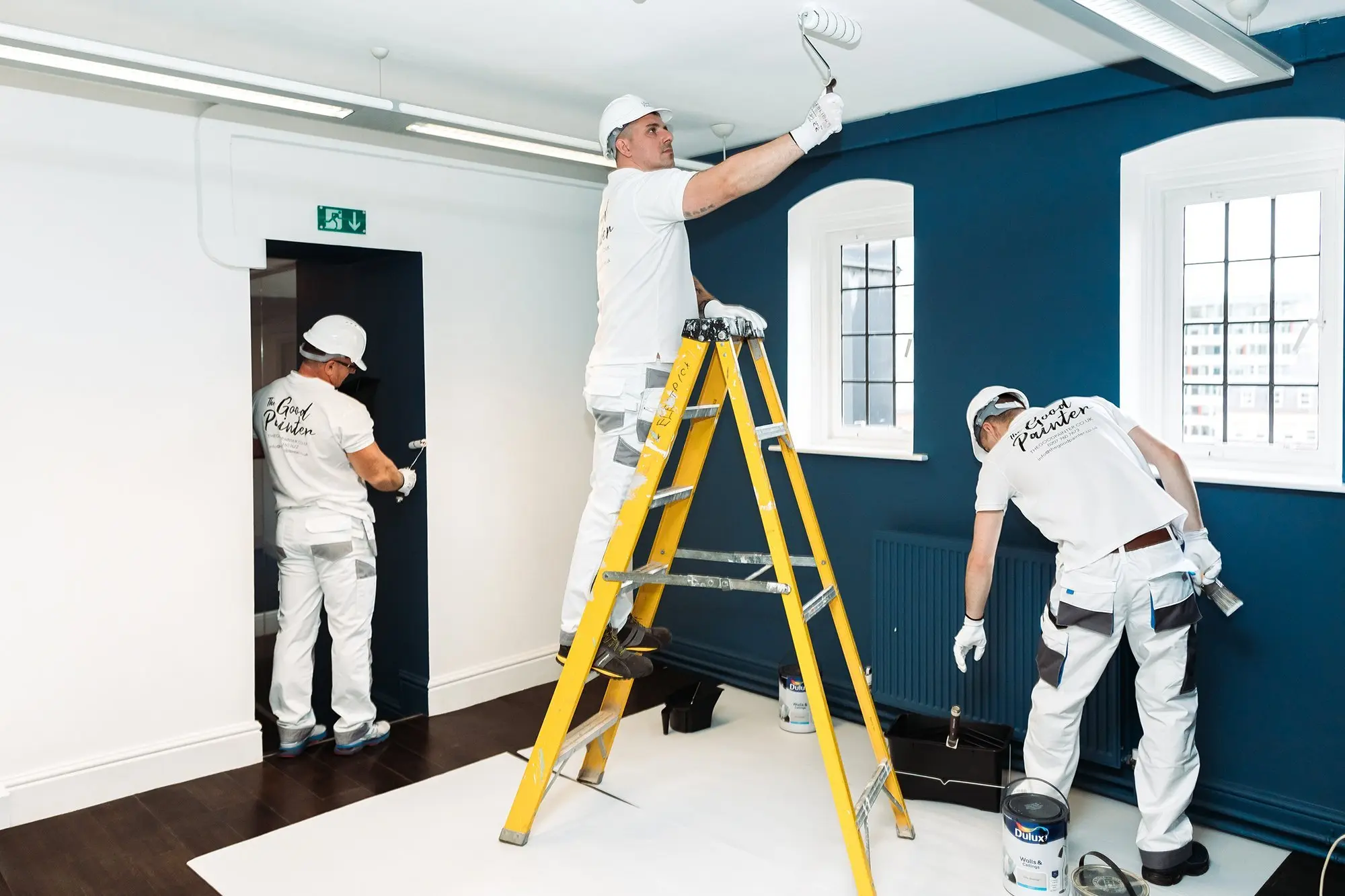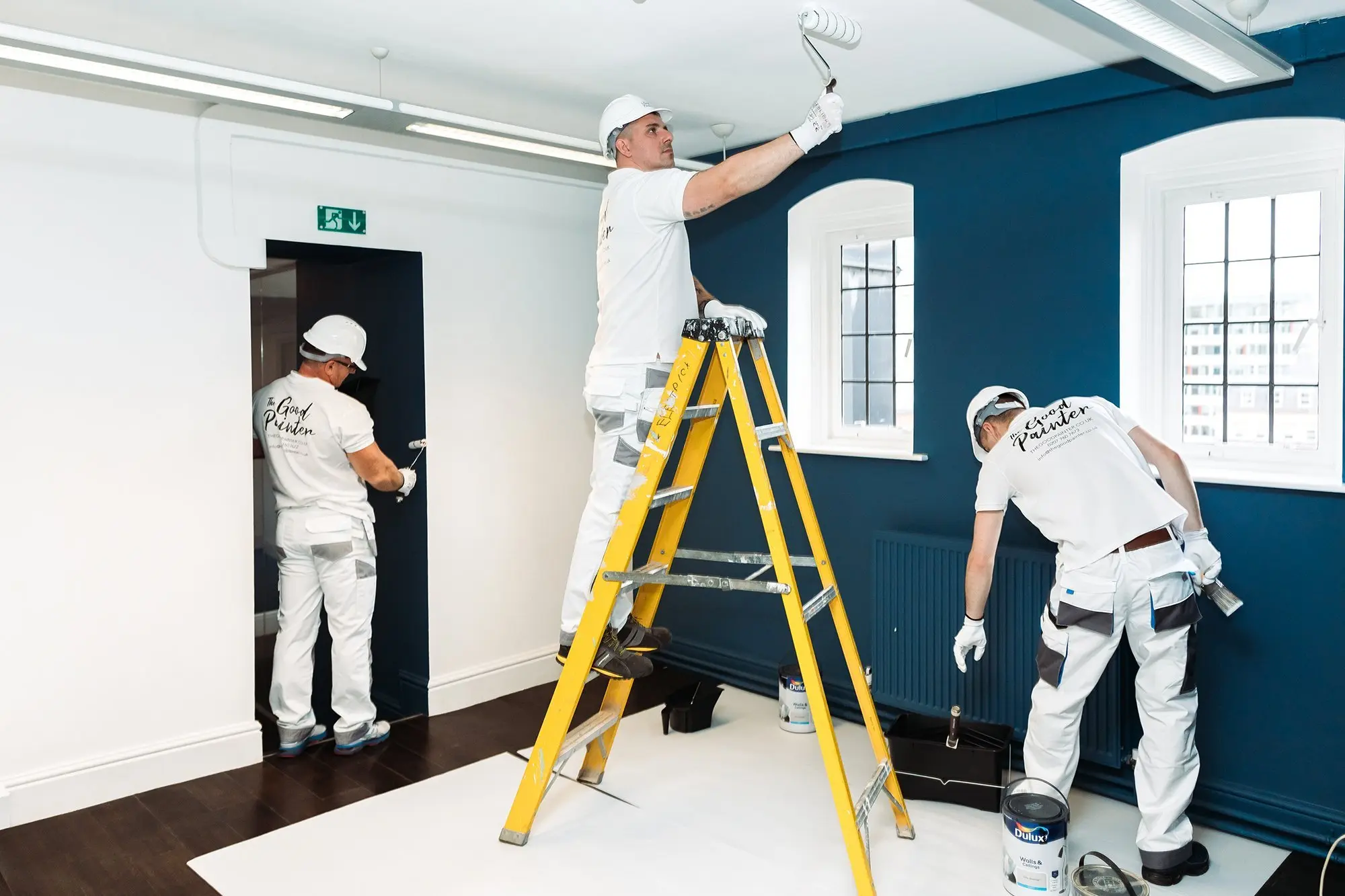As a painter and decorator running your own business, protecting your employees should be one of your top prio…
Self-Employed Painter Insurance: Essential Protection for Independent Painting Professionals
Introduction
As a self-employed painter, you've built your business on skill, reliability, and quality workmanship. However, even the most experienced painting professionals face daily risks that could potentially devastate their livelihood. From accidental property damage to injury claims, the painting industry presents unique challenges that require specialized insurance protection.
Self-employed painter insurance isn't just a business expense – it's your financial safety net that protects everything you've worked to build. Whether you're a residential decorator, commercial painter, or specialist coating contractor, having the right insurance coverage ensures you can focus on delivering exceptional results without worrying about the "what ifs."
Why Self-Employed Painters Need Specialized Insurance
The painting profession involves working with potentially hazardous materials, operating at heights, and working in clients' properties. Unlike office-based businesses, painters face physical risks daily that could result in costly claims. Standard home insurance or basic business policies simply don't provide adequate protection for the unique exposures faced by painting professionals.
Consider these common scenarios: paint spillage on expensive carpets, ladder accidents causing injury to passersby, allergic reactions to paint fumes, or damage to client property during preparation work. Without proper insurance, any of these incidents could result in claims worth thousands of pounds, potentially forcing you out of business.
Key Insurance Covers for Self-Employed Painters
Public Liability Insurance
This is arguably the most critical coverage for any self-employed painter. Public liability insurance protects you against claims from third parties who suffer injury or property damage as a result of your work. This includes scenarios like paint dripping onto a neighbor's car, a client slipping on wet paint, or damage caused by scaffolding or ladders.
Coverage typically ranges from £1 million to £6 million, with £2 million being the standard requirement for most commercial contracts. This insurance covers legal costs, compensation payments, and associated expenses, protecting your personal assets and business finances.
Employers' Liability Insurance
If you employ anyone – even part-time or casual workers – employers' liability insurance is legally required. This covers claims from employees who suffer injury or illness as a result of their work. For painters, this might include respiratory problems from paint fumes, injuries from falls, or skin conditions from chemical exposure.
Professional Indemnity Insurance
Professional indemnity insurance protects against claims arising from alleged negligent advice or poor workmanship. For painters, this could include situations where paint selection advice proves unsuitable, color matching errors, or finish quality issues that require expensive remedial work.
This coverage is particularly important for painters who provide consultation services, color advice, or work on high-value properties where mistakes could be extremely costly.
Tools and Equipment Insurance
Your tools are your livelihood. Tools and equipment insurance covers theft, damage, or loss of your painting equipment, whether stored at home, in your vehicle, or on-site. This includes brushes, rollers, spray equipment, ladders, scaffolding, and any specialized tools.
Many policies also cover hired-in equipment, which is valuable if you occasionally rent specialized machinery for larger projects.
Commercial Vehicle Insurance
If you use a vehicle for business purposes – even your personal car for traveling to jobs – you need appropriate commercial vehicle insurance. Standard personal motor insurance doesn't cover business use, leaving you exposed if you have an accident while traveling to a job or carrying equipment.
Business Interruption Insurance
Business interruption insurance provides financial support if you can't work due to covered events like illness, injury, or damage to your equipment. For self-employed painters, even a few weeks off work due to injury could create serious financial hardship.
Industry-Specific Risks for Painters
Chemical and Paint Exposure
Modern paints contain various chemicals that can cause health issues. Claims might arise from allergic reactions, respiratory problems, or skin conditions affecting clients, employees, or members of the public.
Working at Height
Ladder work, scaffolding, and elevated platforms create significant injury risks. Falls are one of the most common causes of serious workplace accidents in the painting industry.
Property Damage
Paint spillage, overspray, or damage during surface preparation can result in expensive property damage claims. High-end properties with expensive furnishings, artwork, or finishes present particularly high exposure.
Weather-Related Issues
External painting work is weather-dependent. Poor weather can affect paint application quality, potentially leading to professional indemnity claims if the finish fails prematurely.
Choosing the Right Insurance Provider
When selecting insurance for your painting business, consider providers who understand the industry's specific risks. Look for policies that offer:
- Adequate coverage limits for your business size and client base
- Flexible payment options to match your cash flow
- Quick claims handling with industry expertise
- Additional benefits like legal helplines or risk management support
- Competitive premiums without compromising essential coverage
Cost Factors for Painter Insurance
Insurance costs vary based on several factors:
- Business turnover and size
- Types of painting work undertaken
- Claims history
- Coverage limits required
- Geographic location
- Safety procedures and qualifications
Generally, basic public liability insurance for a small self-employed painter might cost £200-£400 annually, while comprehensive coverage including all recommended protections could range from £800-£1,500 per year.
Legal Requirements and Industry Standards
While only employers' liability insurance is legally mandated (if you have employees), many clients now require proof of public liability insurance before awarding contracts. Professional indemnity insurance is increasingly expected for commercial work, and some contracts specify minimum coverage levels.
Industry bodies and trade associations often recommend specific insurance requirements for members, and having appropriate coverage can enhance your professional credibility and help win more contracts.
Risk Management Best Practices
Insurance works best when combined with effective risk management:
- Maintain high safety standards and use proper protective equipment
- Keep detailed records of work specifications and client communications
- Use quality materials appropriate for each application
- Implement proper surface preparation procedures
- Maintain equipment in good condition
- Provide clear written quotes and terms of business
- Stay updated with industry best practices and regulations
Making a Claim
If you need to make a claim:
- Contact your insurer immediately
- Don't admit liability or make commitments about compensation
- Gather evidence including photos, witness details, and documentation
- Cooperate fully with your insurer's investigation
- Keep detailed records of all communications
Conclusion
Self-employed painter insurance is an essential business investment that protects your livelihood, reputation, and financial security. The relatively small cost of comprehensive insurance coverage pales in comparison to the potential financial devastation of an uninsured claim.
By understanding the risks specific to your profession and selecting appropriate coverage, you can work with confidence knowing that you're protected against the unexpected. Remember, the cheapest insurance isn't always the best value – focus on finding coverage that adequately protects your specific business needs.
Don't wait until it's too late. Review your insurance needs today and ensure you have the protection necessary to keep your painting business thriving, whatever challenges come your way.


 0330 127 2333
0330 127 2333
